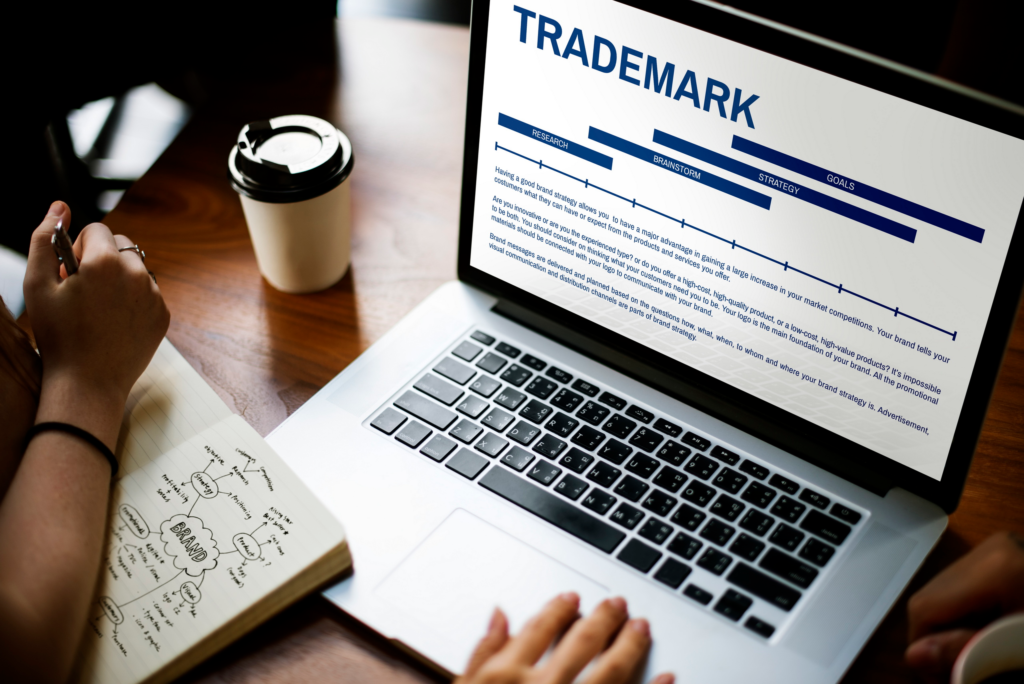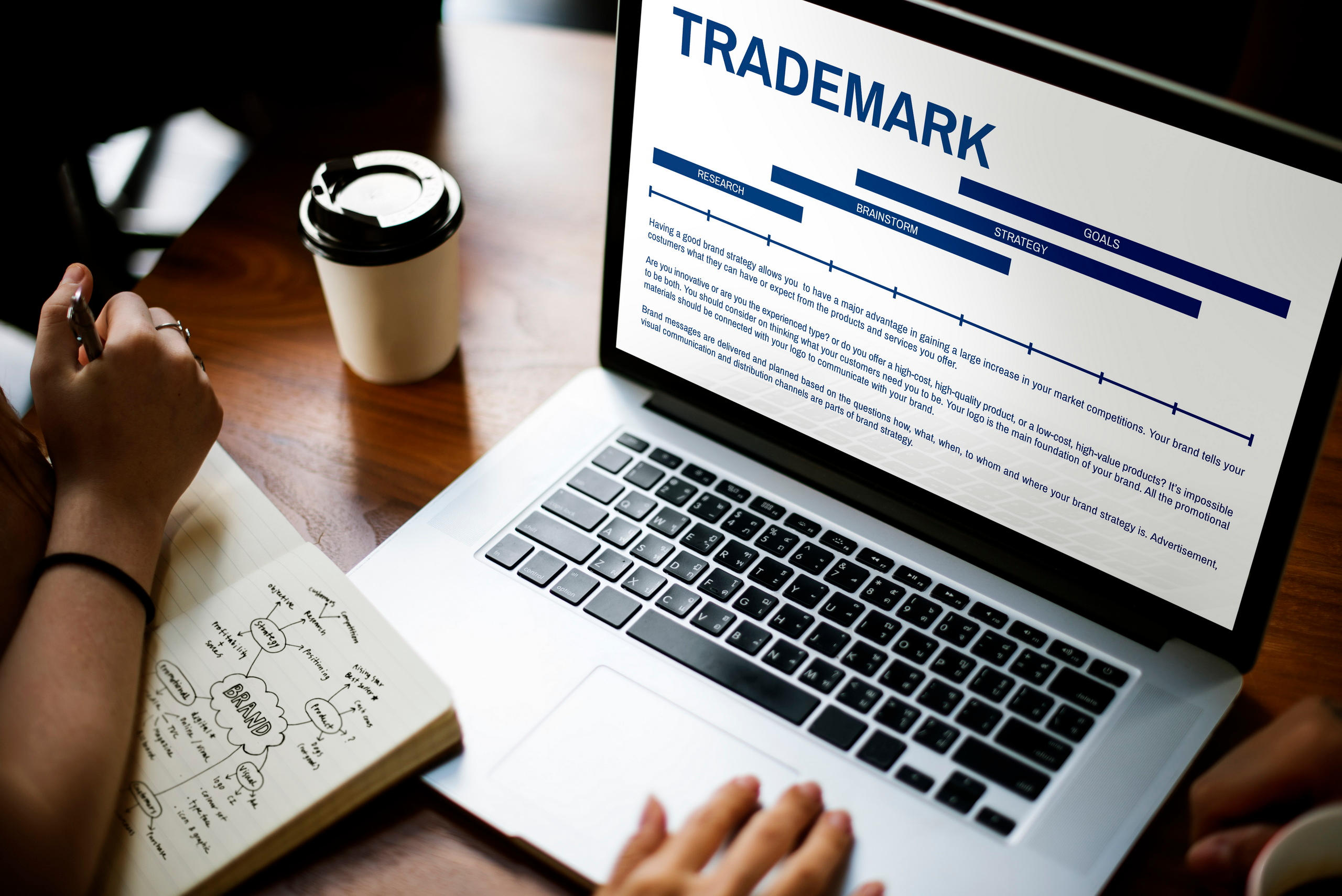Ethical Considerations in AI-Powered Copywriting

Ethical Considerations in AI-Powered Copywriting
AI-powered copywriting tools like ChatGPT, Jasper, and Copy.ai have become indispensable for many businesses. These platforms can generate blog posts, ads, product descriptions, and social media content in seconds—improving speed, reducing costs, and unlocking creativity.
But as adoption rises, so do ethical concerns.
- Are we being transparent about AI use?
- Are we replacing human jobs too quickly?
- Can AI-generated content mislead users?
- Who is responsible for bias or misinformation?
For business owners, navigating these questions is critical—not just to stay legally compliant, but to build trust and credibility with customers.
In this post, we’ll explore the key ethical considerations, share real-world scenarios, and offer best practices for using AI copy responsibly.
💡 Why This Matters: Ethics as a Business Differentiator
Today’s consumers and stakeholders care not just about what you say—but how you create it. Ethical content creation practices can be a competitive advantage, especially as regulatory scrutiny and public awareness increase.
According to Edelman’s 2024 Trust Barometer:
- 67% of global consumers expect brands to take a stand on responsible AI use.
- 58% say they would stop buying from companies that use AI in deceptive ways.
This means ethical AI copywriting isn’t just a moral issue—it’s a business imperative.
⚖️ Core Ethical Concerns in AI-Powered Copywriting
Let’s break down the biggest ethical issues companies must address.
1. Transparency: Disclosing AI Use
If you publish AI-generated content without disclosure, users may assume it was written by a human. This could violate trust.
✅ Real-World Example:
The Guardian was one of the first major publications to disclose that parts of an op-ed were written by GPT-3. This transparency was praised and led to broader discussions about AI ethics in journalism.
💬 Tip: For marketing emails, blogs, or ads, consider disclosing AI involvement—especially when facts, tone, or emotional influence matter.
2. Plagiarism and Originality
AI models generate text by remixing patterns from existing data. If not monitored carefully, this can result in:
- Duplicate content
- Intellectual property violations
- SEO penalties from Google
✅ Case Study: CNET Incident (2023)
CNET quietly published dozens of AI-written articles. Later, readers found factual errors and unattributed similarities to existing content. This led to major backlash and policy overhauls.
✅ Best Practice: Always run AI-generated content through plagiarism detectors and have a human editor review for originality.
3. Bias in Language and Representation
AI models can reflect and amplify societal biases from their training data. This can result in:
- Gendered or racialized language
- Cultural insensitivity
- Stereotyping
✅ Example: Amazon’s Resume Screening AI
Amazon scrapped its AI recruitment tool after it learned to penalize resumes with the word “women’s” (e.g., “women’s chess club”), revealing bias in its dataset.
🧠 Solution: Review AI-generated copy for inclusive language. Train your team to spot unintended bias, especially in high-stakes content like hiring materials, health information, or financial guidance.
4. Misinformation and Factual Accuracy
AI tools may confidently generate false or misleading content—often called “hallucinations.”
✅ Case: New York Lawyer and Fake Citations
In 2023, a lawyer cited fictional legal cases created by ChatGPT in a federal filing. The judge sanctioned the firm for failing to verify content.
💡 Rule: Never trust AI content without human fact-checking. Always verify statistics, names, quotes, and legal/medical claims.
5. Job Displacement and Human Oversight
Business owners must consider how AI tools impact their teams. Replacing all copywriters with AI may save costs—but it can also:
- Lower quality and creativity
- Erode team morale
- Damage your brand voice
🎯 Ethical AI use means augmentation, not replacement. Combine human creativity with AI efficiency to get the best results.
🧩 Where Ethics and Business Strategy Intersect
Let’s look at how real companies are integrating ethical AI policies into content workflows.
🔍 Case Study: IBM
Context: IBM launched its “AI Ethics Board” to evaluate and guide responsible AI use across departments.
In Copywriting:
- All AI-generated content is reviewed by human editors.
- Ethical training modules are mandatory for marketers using AI tools.
- Fact-checking is embedded in their content publishing pipeline.
📈 Result: IBM has become a thought leader in trustworthy AI and attracted large enterprise clients looking for ethical tech partners.
✍️ Case Study: Jasper AI
Jasper, an AI writing tool, launched its Ethical AI Guidelines after a wave of criticism.
Key Policies:
- Users must disclose AI authorship for long-form content.
- Fact-checking tools are integrated into the platform.
- The brand actively educates users about bias and responsibility.
This move turned criticism into community trust—and increased paid subscriptions.
👨💼 What Business Owners Should Do
Here’s a practical checklist for ethical AI copywriting in your business:
| Action | Why It Matters |
|---|---|
| ✅ Disclose AI usage when relevant | Builds trust and complies with transparency norms |
| ✅ Always use a human editor | Ensures quality, accuracy, and tone consistency |
| ✅ Run plagiarism and originality checks | Avoids SEO penalties and legal risks |
| ✅ Train your team on ethical AI use | Makes your organization future-ready |
| ✅ Regularly audit AI tools and prompts | Mitigates bias and improves relevance |
| ✅ Develop a Responsible AI Policy | Positions you as a trustworthy, forward-thinking brand |
🧠 How to Talk About AI Ethically in Your Marketing
How you talk about AI impacts brand perception. Consider:
✅ Do:
- Highlight how AI saves time for your team
- Emphasize human-AI collaboration
- Be transparent about tools used
❌ Don’t:
- Pretend humans wrote what AI did
- Mislead about product capabilities
- Ignore ethical or factual challenges
Example: Instead of saying “This article was human-written,” say, “We used AI to assist our writers in crafting this article, followed by editorial review.”
📜 Regulatory Trends to Watch
Governments are starting to regulate AI use in content. Key upcoming policies include:
- EU AI Act: Requires disclosure for AI-generated content
- US AI Accountability Act (proposed): May mandate AI audit trails for enterprises
- Pakistan & Türkiye (2025 forecasts): Expected to align with GDPR-like regulations around user data and automated content
Business owners who prepare early can stay compliant and avoid penalties.
🧭 The EEAT Perspective: How to Maintain Google Trust
Google’s EEAT framework (Experience, Expertise, Authoritativeness, Trustworthiness) is critical for SEO and user trust.
To meet EEAT standards:
- Attribute content to real authors, not just your brand
- Show experience (e.g., case studies, firsthand insights)
- Build authority via backlinks, credentials, and testimonials
- Be transparent about AI use and editorial processes
📈 Data shows that websites with clear author info and responsible content policies rank 20–30% higher in long-tail searches.
🧠 AI Copywriting Ethics for Different Industries
| Industry | Ethical Focus Area |
|---|---|
| Healthcare | Verify all claims, avoid oversimplification |
| Finance | Ensure accuracy and compliance with regulations |
| Ecommerce | Avoid manipulative or deceptive sales language |
| Education | Credit all sources and support diversity |
| Legal | Avoid hallucinations and confirm citations |
⚠️ One bad AI-generated claim can trigger lawsuits or bans—especially in regulated fields.
📌 Final Word: AI Copy Is a Tool—Use It Wisely
AI is not your content strategist. It’s your assistant. Use it to:
- Brainstorm ideas
- Speed up outlines
- Rewrite drafts
- Generate inspiration
But always retain human judgment, creativity, and accountability.
By weaving ethics into your AI copywriting workflow, you’re not only protecting your brand—you’re building one that stands for integrity, innovation, and trust.


